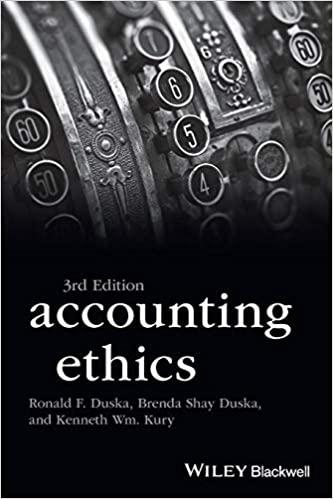Question
Project S has a cost of $10,000 and is expected to produce benefits (cash flows) of $3,500 per year for 5 years. Project L costs
| Project S has a cost of $10,000 and is expected to produce benefits (cash flows) of $3,500 per year for 5 years. Project L costs $25,000 and is expected to produce cash flows of $8,000 per year for 5 years.
The financial staff of Thomas Communications has identified the following information for the first year of the roll-out of its new proposed service:
The company faces a 30% tax rate. What is the project's operating cash flow for the first year (t = 1)? Write out your answer completely. For example, 2 million should be entered as 2,000,000. $
The Campbell Company is considering adding a robotic paint sprayer to its production line. The sprayer's base price is $960,000, and it would cost another $16,500 to install it. The machine falls into the MACRS 3-year class (the applicable MACRS depreciation rates are 33.33%, 44.45%, 14.81%, and 7.41%), and it would be sold after 3 years for $628,000. The machine would require an increase in net working capital (inventory) of $18,500. The sprayer would not change revenues, but it is expected to save the firm $353,000 per year in before-tax operating costs, mainly labor. Campbell's marginal tax rate is 40%.
|
Step by Step Solution
There are 3 Steps involved in it
Step: 1

Get Instant Access to Expert-Tailored Solutions
See step-by-step solutions with expert insights and AI powered tools for academic success
Step: 2

Step: 3

Ace Your Homework with AI
Get the answers you need in no time with our AI-driven, step-by-step assistance
Get Started


